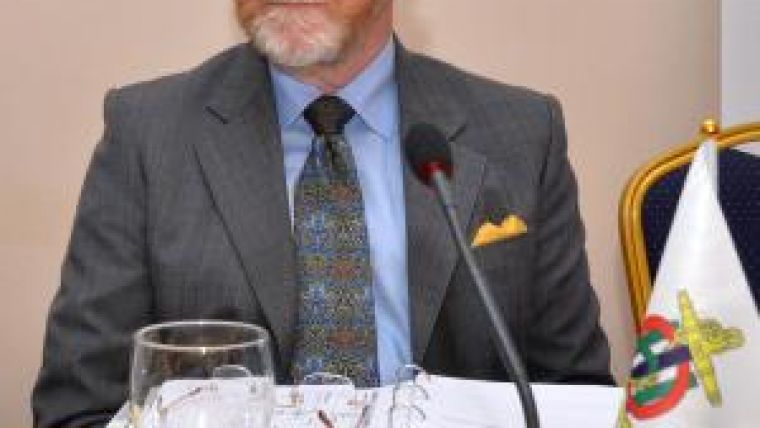Filling in the White Space on Charts and Ocean Maps
Improving the Global Bathymetric Dataset
When the world’s national Hydrographers gathered in Monaco last year for the IHO’s Conference, they considered the state of hydrographic knowledge around the world and the uncomfortable truth that we have higher resolution maps of the Moon and Mars than we do of most of the world’s seas, oceans and coastal waters.
Regular readers of this publication would know from IHO articles earlier this year that the world’s fleet of surveying ships has shrunk in the last 30 years. So, significant improvements are unlikely unless we find some other ways to gather hydrographic data. This is unwelcome news at a time when mankind is becoming increasingly dependent on the sea through the development of a blue economy.
It seems to me that there are several ways to get more data for the much-needed global bathymetric dataset in a context of scarce funding. One of them is to significantly widen traditional ‘passage sounding’ programmes, where ships collect soundings along their voyage track, particularly in poorly surveyed ocean areas, and make them available to hydrographic offices or mapping authorities. There are some commercially-led programmes that provide for the offshore fishing industry. There are also emerging programmes in the recreational boating sector.
What is missing is an easily accessible international programme that allows all seafarers to contribute their passage soundings to a central data store in a standardised way. Such a programme also needs to cover the nearshore area and to enable all the submitted observations to be available - even before they make their way on to a chart. It is now relatively simple and cheap to combine the outputs from satellite positioning systems fitted in ships with the output from a modern ship’s echo sounder. Involving all ships in ‘crowdsourcing’ is therefore a real possibility.
The IHO has had a programme of international data collection in place since 1922. The GEBCO Project, which began in 1903, was transferred to the IHO and later became a joint project of the IHO and the UNESCO Intergovernmental Oceanographic Commission. So far, GEBCO has concentrated on the oceans rather than closer inshore. But times are changing. The GEBCO Project has been collecting data from governments and from scientists for the nearshore areas since 2006 - but progress is slow. Now is maybe the time to extend the scope of the Project so that other contributors can be included as well.
Another way to improve the global bathymetric dataset is to access data that has already been collected, but has never been made widely available. This includes both data collected for scientific and for commercial purposes. While some of this data may be commercially sensitive, particularly high-resolution data, or may only be offered for a fee, just knowing about it could increase our knowledge and avoid costly and wasteful surveys in the same areas. Why not an international hydrographic metadata store as part of the GEBCO Project?
A third way is to look more closely at satellite derived bathymetry - the use of multi-spectral satellite imagery to determine depths in relatively shallow and clear waters. This offers the possibility of obtaining at least some data to cover areas that otherwise will lie unsurveyed for many years to come. The main hurdle to overcome with using satellite derived bathymetry is to consistently determine the uncertainty of each depth value obtained from an image. But I know that work is in hand on this.
Whatever the problems, it is obvious to me that we need to do something to improve the global bathymetric database. If we stand on the beach waiting for an armada of survey ships to sail over the horizon we will be waiting a long, long time.

Value staying current with hydrography?
Stay on the map with our expertly curated newsletters.
We provide educational insights, industry updates, and inspiring stories from the world of hydrography to help you learn, grow, and navigate your field with confidence. Don't miss out - subscribe today and ensure you're always informed, educated, and inspired by the latest in hydrographic technology and research.
Choose your newsletter(s)
























